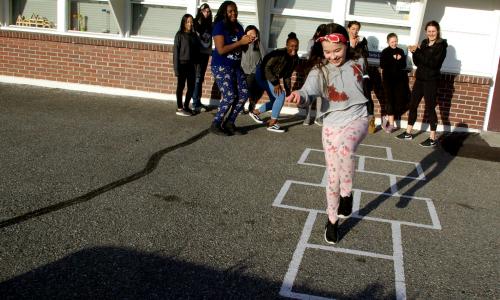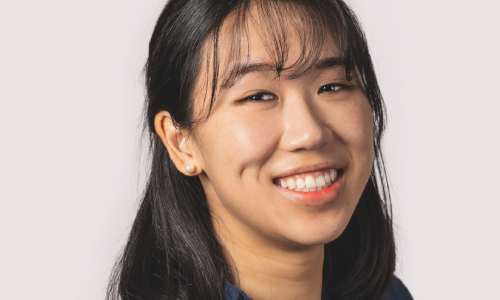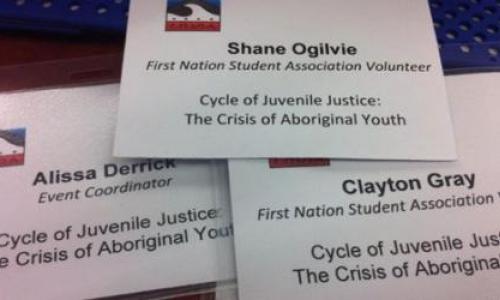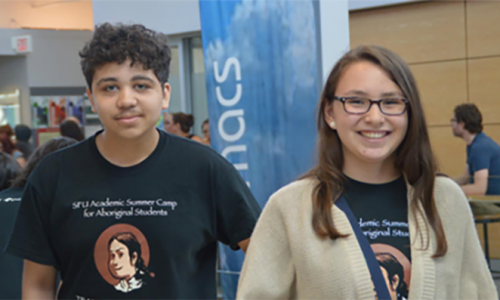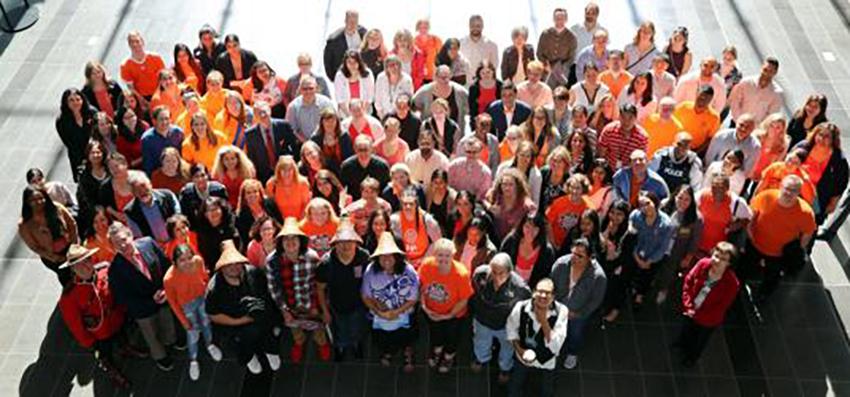
Orange Shirt Day is a day where across Canada, Indigenous children whom were torn from their families and loved ones and forced into residential schools are commemorated, and the harm that residential schools left on Indigenous families and communities is acknowledged.
Orange Shirt Day, is based on Phyllis Webstad’s residential school experience. At the age of six, Phyllis, was sent to residential school wearing an orange shirt her grandmother had given her. The shirt was removed by the school authorities and replaced with a uniform. She was then assigned a number while in attendance at the school contributing to her loss of self-worth and identity, as Indigenous people correlate their name with their heritage and pride.
In addition to the loss of identity the children in these schools were subjected to emotional, physical, and mental abuse. This loss of self-worth affected many young kids and the community as a whole as it has carried on with them after the closure of the schools.
Orange shirt day is a day where these victims can be honoured and remembered. Furthermore, it gives an opportunity for others to learn about some of the hardships suffered by Indigenous communities. In addition the orange shirts are used to illustrate the reconciliation - or as Chief Marilyn Gabriel called it at the event - “reconcili-action” that the Indigenous community needs.
The City of Surrey organized an event where Chief Gabriel and her family spoke about their own life experiences in order for those whom attended to get a glimpse into how severely residential schools affected their lives and how it still does. As citizens of Surrey, watching the speakers tell their stories was very emotional and powerful. The pain felt by them and their families could be felt by the audience through their words.
As witnesses of the event, this experience was very eye-opening. We’re children of immigrant parents trying to fathom being forced to lose your language and culture and be reduced to just a number was deeply saddening and unsettling for us.
Unlike the Indigenous community, immigrants were not forced to lose their language or forget about their culture when coming to Canada. Canada is made of immigrants, and having a diverse population is something we all value and pride ourselves with. When people immigrate to Canada, they have the choice to accept “Canadian values” as they see fit, however, when Canada was colonized, the Europeans coming in forced the Indigenous population to conform to their values. One of the ways the process of forced assimilation occurred was through residential schools.
Beyond the Blog
-
Indigenous Program Researcher and Tsleil-Waututh First Nation member, Christine Coolidge, discusses colonial history in, Our History is Your History.
-
Visit the Indigenous OLC Blog site, to read stories written by students, faculty, alumni, and commmunity members.
-
Check out the Indigenous Community Stories page to read the powerful and inspiring stories written by Indigenous OLC contributors.









